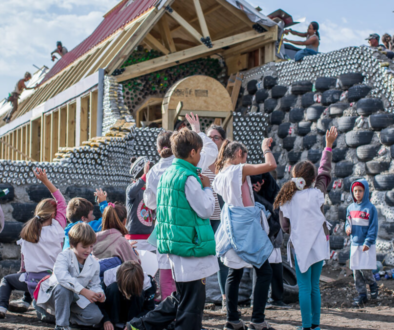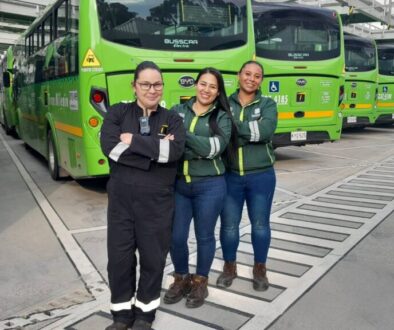On the Global Covenant of Mayors for Climate and Energy: the case of RAMCC in Argentina
The Global Covenant of Mayors for Climate and Energy (GCoM) is a global alliance of cities and local governments voluntarily committed to combating climate change, reducing its unavoidable impacts and facilitating access to sustainable and affordable energy for all. It is based on three pillars: climate change mitigation, adaptation to the adverse effects of climate change, and universal access to safe, clean and affordable energy.
Within this context is the initiative of municipalities that have formed a network to address the problem of the effects of climate change, giving rise to the formation of the Argentine Network of Municipalities facing Climate Change (RAMCC), during the First International Conference on Municipalities and Climate Change, held in the city of Monte Caseros, in November 2010. The RAMCC became an instrument for the coordination and promotion of local public policies to address climate change in the cities and towns of Argentina.
The Network is a coalition of more than 270 municipalities and communes in Argentina that, together with an executive secretariat, coordinates and promotes strategic plans to address climate change. Its objective is to promote and implement municipal, regional or national projects or programmes related to climate change mitigation and/or adaptation, based on the mobilisation of local, national and international resources.
It is focused on local governments, as they represent a visible and close authority for citizens. They are the ones who know in depth the needs and opportunities of the territory and, on the other hand, they are the ones who must respond urgently to climate emergencies. This makes them key actors in transforming the challenges into concrete actions for climate change mitigation and adaptation, i.e. Local Climate Action Plans.
The Local Climate Action Plan is a local government planning tool to optimize the management of technical and economic resources, internal and external, to enable the transition to a resilient city. The RAMCC, as National Coordinator of the GCoM, promotes the adhesion of municipalities to this global alliance. By joining, cities commit to develop a baseline or diagnosis, define goals and objectives, and design an action plan for each of the following two phases:
- Mitigation phase: for this phase, a greenhouse gas inventory must be carried out, a GHG reduction target must be defined and actions to achieve it must be defined.
- Adaptation phase: the diagnosis is carried out through a climate risk assessment. Once this has been carried out, objectives for the prevention of impacts from extreme weather events are defined and the necessary actions are defined.
At the same time, the RAMCC has two more services: the energy audit and the carbon footprint. Regarding the energy audit, it is presented in municipal buildings and spaces in order to inspect and analyse the energy flows in order to understand the energy efficiency of the place being audited. Regarding the second service, the carbon footprint is an environmental indicator that measures the greenhouse gases (GHG) linked to the activities of an organization or company accompanying the transition towards carbon neutrality by 2050.
Finally, they are part of two campaigns: tree planting and recovered waste. The first campaign refers to tree plantations planted by RAMCC Municipalities and Communes in 2022 and, in turn, the companies involved in the funding. The second campaign focuses on waste recovery from municipalities but the data published on their page comes from municipal sources, which may be biased.
What has been presented so far acknowledges the effort and collaboration between civil society and local governments. At CILA, we believe in another way of seeing and living our territories, where people’s knowledge and respect for nature are integrated with other ways of living, allowing for better solutions to new problems and building a more integrated society. At the same time, we believe that innovative democracies are characterized by the integration of technologies, as well as different mechanisms of citizen participation and co-construction in favour of more and better monitoring, linking, connection and access to public information, particularly on environmental issues.
By Fiorella Ricagno, CILA Intern.



